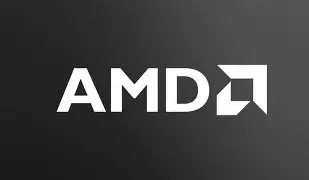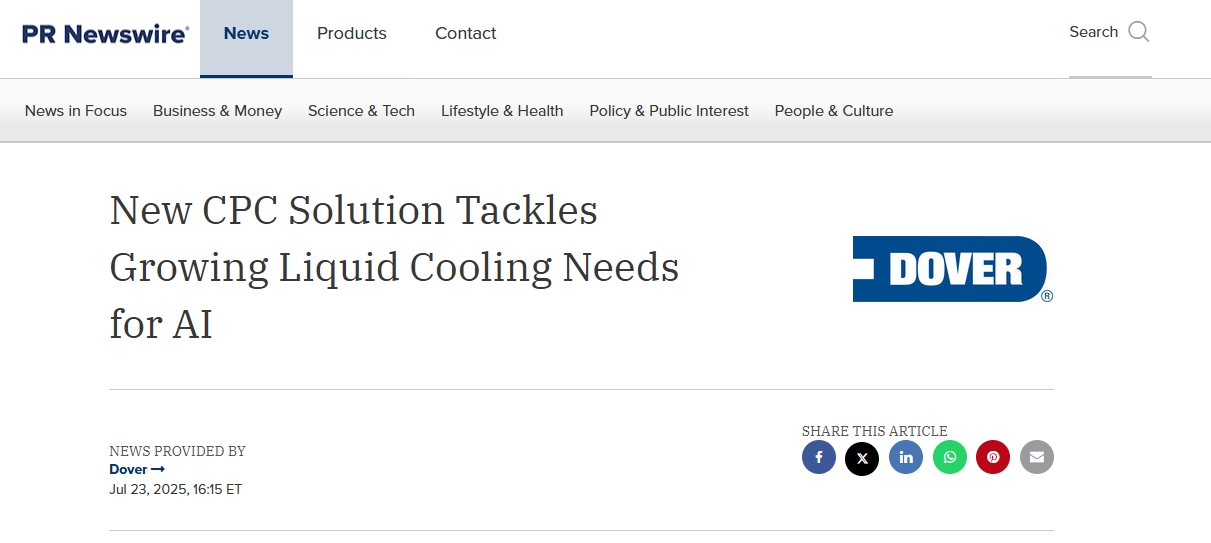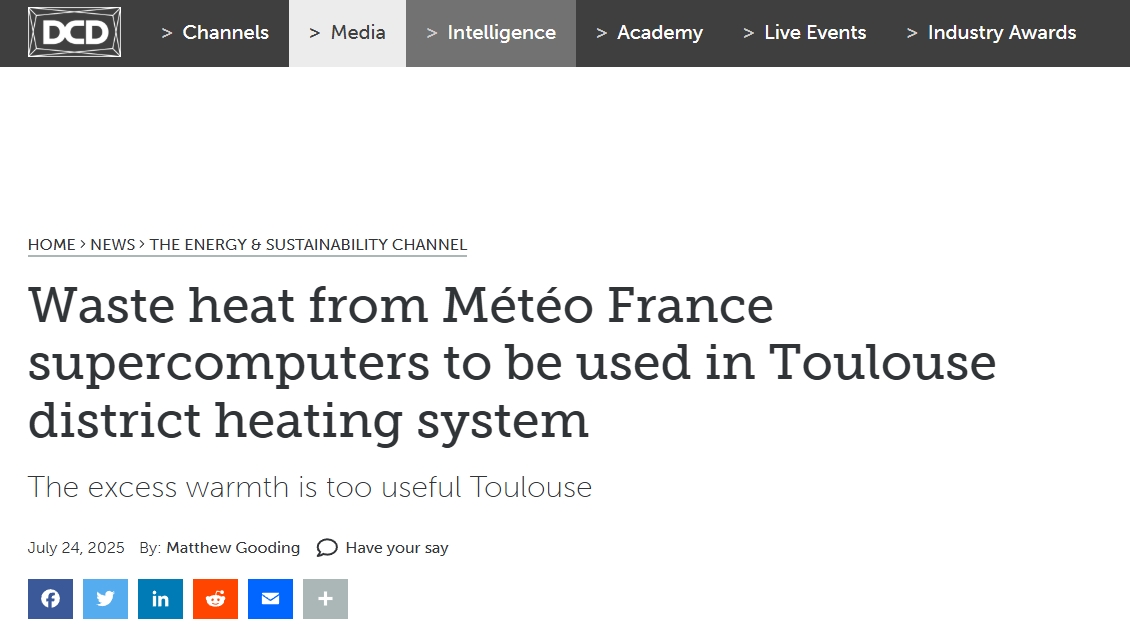Announcements made at chipmaker’s Advancing AI conference
AMD has announced that its Instinct MI350 series GPUs, consisting of both Instinct MI350X and MI355X offerings, are in production.
The chipmaker also previewed Helios, a rack-scale system based on the company’s forthcoming MI400 series of GPUs, the successor to the MI350 series, set to be released in 2026.
In a roadmap published this week by the company at its Advancing AI conference in San Jose, California, AMD said the MI400 series will be released next year, alongside the company’s Zen 6 ‘Venice’ Epyc CPUs and Pensando ‘Vulcano’ NIC (network interface card). AMD’s ‘Verano’ Epyc CPUs and MI500 GPU series are targeted for 2027.
Built using 3nm technology and based on AMD’s CDNA 4 architecture, the MI350 series offers 288GB of HBM3E and 8Tbps of memory bandwidth. Seventy-two teraflops of FP64 is provided by the MI350X and 79 teraflops for the MI355X, with the GPUs' total board power (TBP) up to 1,000W and 1,400W, respectively.
When compared to Nvidia’s GB200 and B200, AMD claimed its MI355X GPU provides 1.6x more memory capacity, 1x more memory bandwidth, and 2x more peak FP64 performance. The GPUs additionally offer a 4x generation-on-generation AI compute increase and a 35x generational improvement in inferencing.
At rack scale, both offerings will be available in an air-cooled solution – scalable to 64 GPUs – and direct liquid cooled, which can be scaled to either 96 or 128 GPUs.
The company noted that the MI355X delivers the highest performance at a higher system power and is therefore primarily targeted towards liquid-cooled deployments, whereas the MI350X is designed for lower power consumption and supports both air and liquid-cooled environments to enable a broad set of data center deployments.
“With the MI350 series, we’re delivering the largest generational performance leap in the history of Instinct, and we’re already deep in development of MI400 for 2026.” AMD CEO, Dr. Lisa Su, said during her keynote speech. “[The MI400] is really designed from the ground up as a rack-level solution.”
AMD also unveiled the latest version of its open-source AI software stack, ROCm 7, at the conference, which the company said will offer more than 4x inference and 3x training performance improvement when compared to ROCm 6.0.
Accessible from Q3 2025, features offered by ROCm 7 include improved support for industry-standard frameworks, expanded hardware compatibility, and new development tools, drivers, APIs, and libraries to support AI development and deployment.
The company has also launched ROCm Enterprise AI. Debuting as a "robust MLOps platform," AMD said it has been designed to support AI operations in enterprise settings.
MI350 GPUs will be broadly available through leading cloud service providers—including major hyperscalers and next-generation neo clouds, with Dell, HPE, and Supermicro also set to integrate the accelerators into their platforms.
AMD said production shipments of the MI350 series began earlier this month, with the initial wave of partner server launches and CSP instances expected to become available in the third quarter of 2025.
Here comes Helios
Slated to be available in 2026, AMD’s Helios rack infrastructure is a unified architecture designed for both frontier model training and large-scale inference, delivering “leadership” across compute density, memory bandwidth, and scale-out interconnect.
The double-wide Helios AI rack is fully integrated with AMD’s Zen 6 Eypc CPUs, MI400 GPUs, and Vulcano NICs.
Speaking ahead of the event, Andrew Dieckmann, CVP & GM, data center GPU, AMD said the decision to increase the width of the rack was made in collaboration with AMD’s “key partners,” as the offering needed to meet the “right design point between complexity, reliability, and delivering the performance advantages… within the market.”
Dieckmann said Helios would offer 50 percent more memory bandwidth and 50 percent more scale-out bandwidth, so the “trade off [by increasing the width of the rack] was deemed to be acceptable because large data centers tend not to be square-footage constrained but megawatt constrained.
“We think this is the right design point for the market, based upon what we are delivering,” he said.
The MI400 will offer 20 petaflops of FP8 compute, 432GB of HBM4 memory capacity, 19.6Tbps of memory bandwidth, and 300Gbps of scale out bandwidth per GPU, while its support for Ultra Accelerator Link allows the platform to scale across 72 GPUs.
AMD are not currently disclosing the power specifications related to the forthcoming GPU, however the company did announce a new 2030 goal to deliver a 20x increase in rack-scale energy efficiency from a 2024 base year, enabling a typical AI model that today requires more than 275 racks to be trained in fewer than one fully utilized rack by 2030, using 95 percent less electricity.








